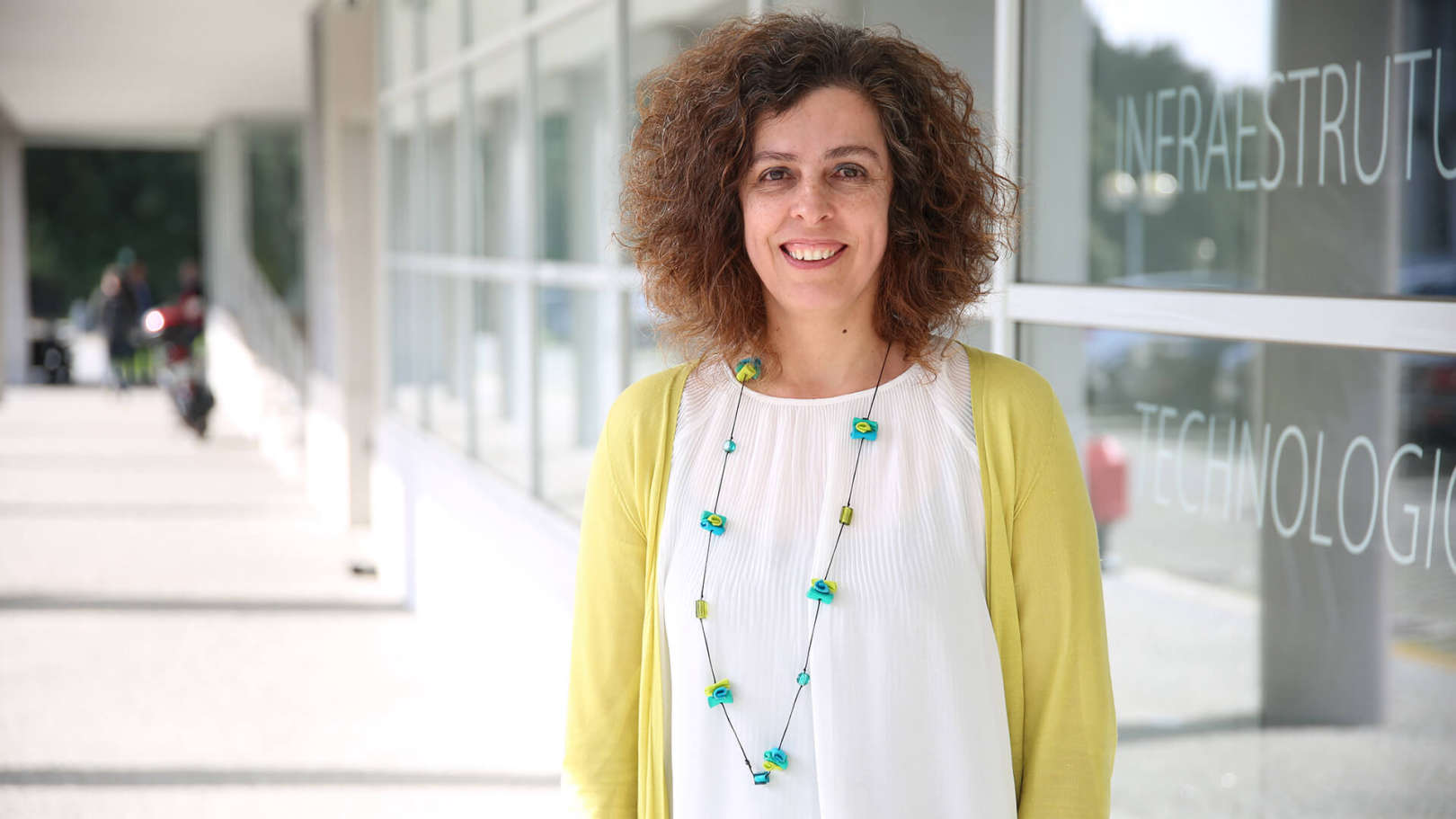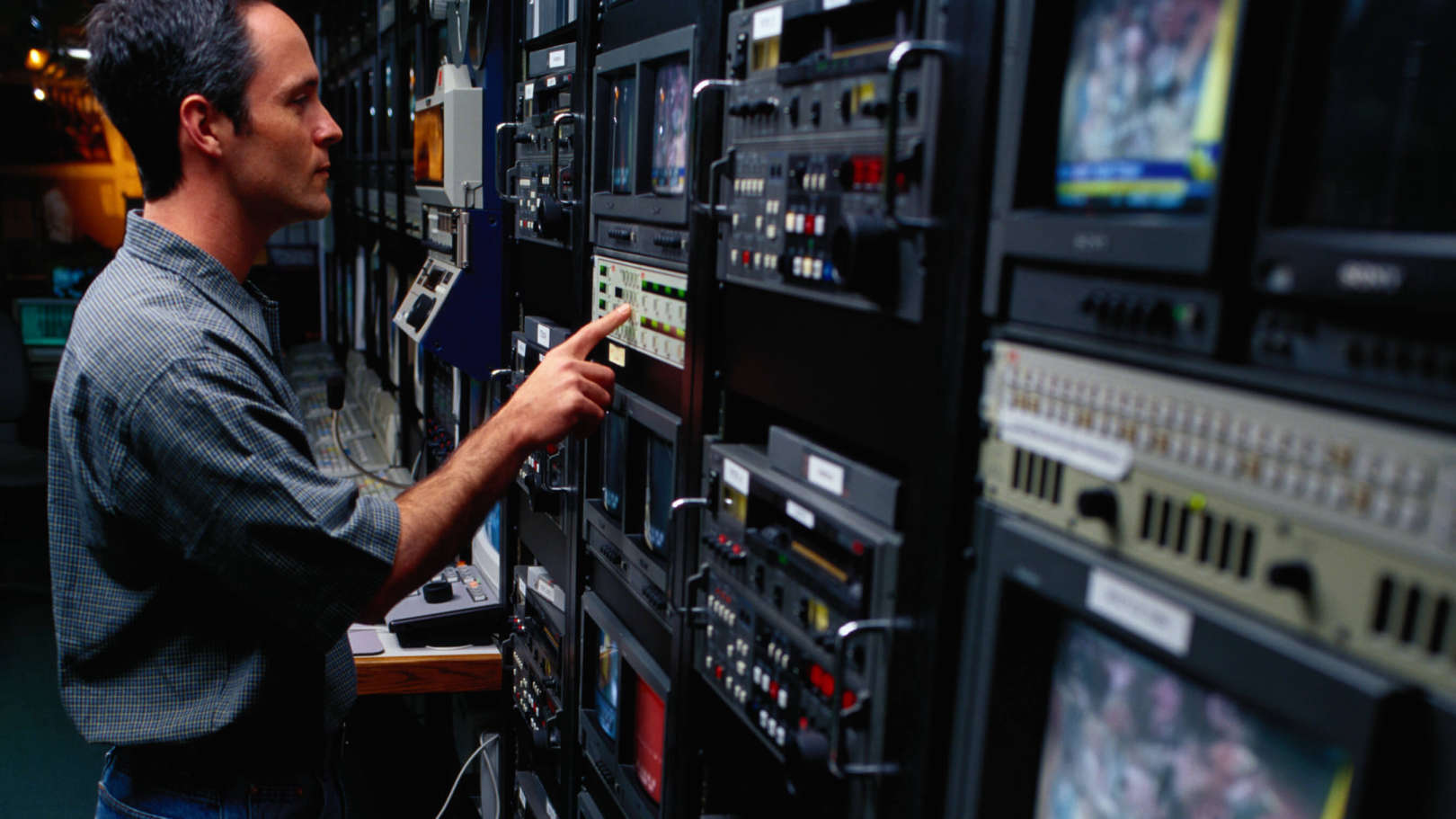About
I am a Coordinator Professor at the Polytechnic of Porto and a Researcher at INESC TEC, where I lead the Multimedia Communications Technology Area. I obtained my PhD from University of Porto in the area of multimedia content management. I have been responsible for the participation of INESC TEC in several national and European projects, involving universities and media industries. Author of several publications, I am also an active reviewer for journals and conferences and engaged in the organization of workshops and program committees in the area of Multimedia. Recently I co-chaired the Immersive Media Experiences workshop series (2013-2015) at ACM MM. Additionally I am also often engaged in the evaluation of European and Portuguese research proposals and projects. My main research activities and interests are in the field of networked audiovisual systems, including digital television and new services, content management, personalization and recomendation, new media formats and immersive and interactive media.






